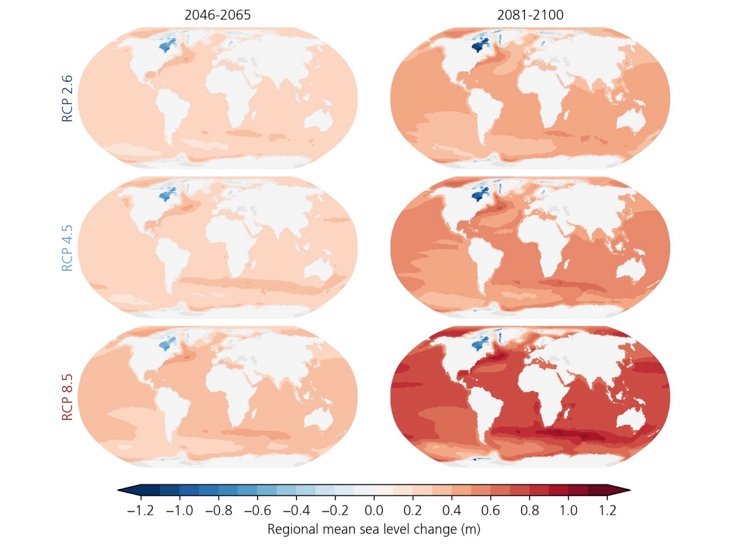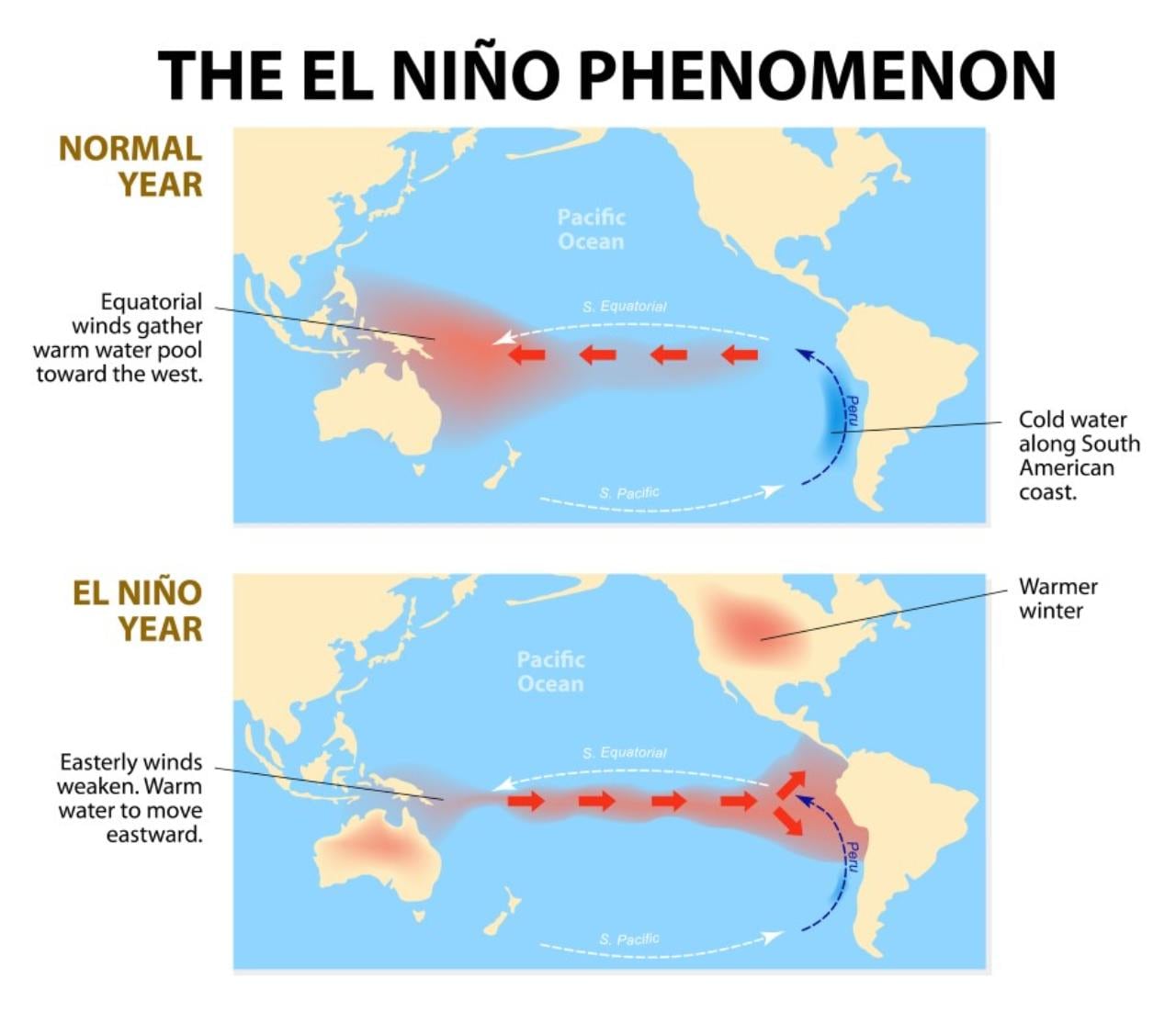October 2019 was the second-warmest month ever recorded since people started keeping tabs on the planet’s rising temperatures in 1880. As per
a statement released
by NASA on 18 November, the average temperature of October stopped a mere 0.05 degrees Celsius short of the record-holding numbers from October 2015. January-October of 2019 also happened to be the second warmest on record worldwide, just 0.09 degrees behind 2016, the National Oceanic and Atmospheric Administration (NOAA) of the US. Both the ocean and land temperatures, on average, were the second-warmest on record, too. [caption id=“attachment_5763641” align=“alignnone” width=“1280”]
 Researchers carrying out an arctic ice mapping experiment. Image: NASA Goddard[/caption] The report cites global yearly temperature rankings over the years and a host of data that indicate (strongly) that 2019 will end up among the top warmest years in the history of the Earth. We know with virtual certainty that 2019 won’t be the warmest ever year on record, but it is poised to place second or third on the list. Also laid out in the report is the growing influence long-term, anthropogenic warming has had on the warming trends over time. This is an especially important trend to note because this year (unlike 2015), there was no influence of strong El Niño (periodic, warm ocean) currents in the tropical Pacific Ocean this year.
Researchers carrying out an arctic ice mapping experiment. Image: NASA Goddard[/caption] The report cites global yearly temperature rankings over the years and a host of data that indicate (strongly) that 2019 will end up among the top warmest years in the history of the Earth. We know with virtual certainty that 2019 won’t be the warmest ever year on record, but it is poised to place second or third on the list. Also laid out in the report is the growing influence long-term, anthropogenic warming has had on the warming trends over time. This is an especially important trend to note because this year (unlike 2015), there was no influence of strong El Niño (periodic, warm ocean) currents in the tropical Pacific Ocean this year.
[caption id=“attachment_7425841” align=“alignnone” width=“753”] Predicted sea-level rise this century if warming reaches 2.6 degrees C, 4.5 degrees C or 8.5 degrees C by 2100. Image:[/caption] The El Niño is a large-scale climate interaction between the ocean and atmosphere, linked with a periodic rise in sea surface temperature rise in the central and east-central Pacific Ocean along the equator. [caption id=“attachment_5927001” align=“alignnone” width=“1280”]
Predicted sea-level rise this century if warming reaches 2.6 degrees C, 4.5 degrees C or 8.5 degrees C by 2100. Image:[/caption] The El Niño is a large-scale climate interaction between the ocean and atmosphere, linked with a periodic rise in sea surface temperature rise in the central and east-central Pacific Ocean along the equator. [caption id=“attachment_5927001” align=“alignnone” width=“1280”] What happens in the Pacific Ocean during normal and El Nino years.[/caption] Typically, phenomena like the El Niño are linked with the hottest year, since they boost the ocean temperatures world over and add plenty of heat to the atmosphere over the world’s largest Ocean, the Pacific. Also read:
Will 2019 be the hottest year on record? It all boils down to an El Nino matter
Also read:
El Niño and La Niña tinker with Western disturbances and India’s winters, too
What happens in the Pacific Ocean during normal and El Nino years.[/caption] Typically, phenomena like the El Niño are linked with the hottest year, since they boost the ocean temperatures world over and add plenty of heat to the atmosphere over the world’s largest Ocean, the Pacific. Also read:
Will 2019 be the hottest year on record? It all boils down to an El Nino matter
Also read:
El Niño and La Niña tinker with Western disturbances and India’s winters, too